They are also called Timber Frame or Wood Frame House (Timber Frame, Wood Framing). They can't be called timber frame houses because it is the structure of the house, the finishing can be done in any way you like. Unlike houses made of prefabricated structures, which are made in the factory and then assembled on the foundation, these houses on wooden structure are made in the classic way, at the site chosen for the future dwelling and it is up to that art of construction called carpentry. It's about building houses, it's about the knowledge of the strength of wood and less about the aesthetics.
Advantages of a timber frame house
You don't necessarily have to not see the wood or look like a wooden house. It can even look like one made of round wood, if the right cladding materials are used. The idea is that instead of resting on concrete pillars and beams, becoming much more cumbersome, the whole house rests on a skeleton of wooden pillars, beams and planks. Further finishing is done according to your choice and wishes.
Quick and easy to build
The use of a wooden structure allows building your home much simpler and faster, eliminating formwork construction time, waiting for concrete to harden and the hassle involved in pouring concrete and removing formwork.
Energy efficient
The way the structure is made allows very good wall insulation from the construction phase, resulting in a much more energy-efficient home.
Versatility
It is a versatile and adaptable way of buildingIt can also be combined with other materials or construction methods. It can be built, for example, as a one-storey wooden structure on a brick house.
Light in weight
It is a lighter construction than the concrete structure. In this way, many blocks have been atticized, virtually adding another habitable floor without damaging the building's structural strength. Being lightweight, it also helps it to be easy to install. ....
Earthquake resistant
Construction is more flexible, with much better earthquake resistance. Wood is flexible, it can absorb and dissipate seismic energy better than rigid materials such as concrete or brick. This flexibility allows the structure to move and deform without collapsing under the forces of an earthquake.
Reduced implementation cost
I don't have a calculation of the cost of such a house, but if you take into account the time needed for construction including labor, at the same size, it's obvious cheaper than a classic one on concrete structure.
It is an environmentally friendly type of construction
Last but not least, it is made of environmentally friendly material. Wood is a renewable material that contributes to lower carbon emissions, unlike traditional materials.
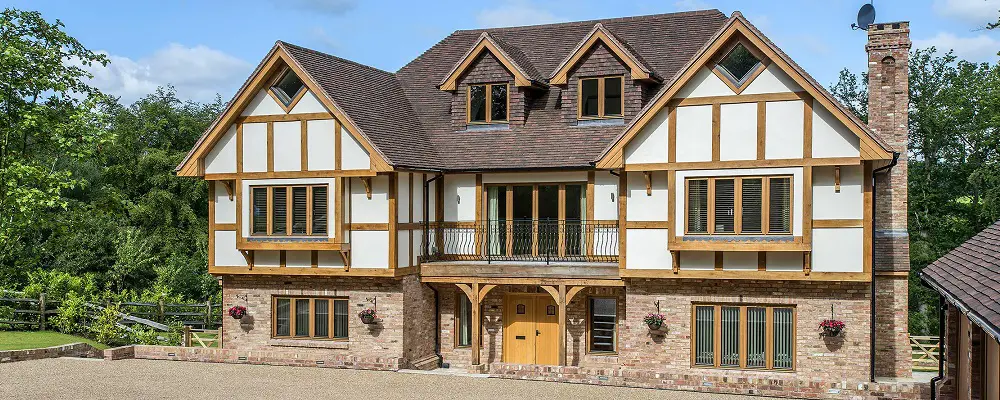
An old building style
Timber frame construction was widely used in the past, when modern building materials were not yet available. At that time it was common to leave the beams and posts exposed. You can still see such houses in Germany, France, the Czech Republic, Austria and England. They have been rebuilt with the exterior appearance preserved and are highly appreciated by tourists.
Around 1900, industrial development and the need for more and cheaper living space led to the emergence of stronger building materials and multi-storey houses. Timber-frame construction was abandoned and metal and concrete structures came into use.
Recently there has been a worldwide revival of this construction method. The argument is the positive environmental impact of using wood. It is being built again in the USA, Canada and Japan, in Denmark, Germany and France. In France and Germany there are renowned carpentry schools and many enthusiasts are apprenticed there.
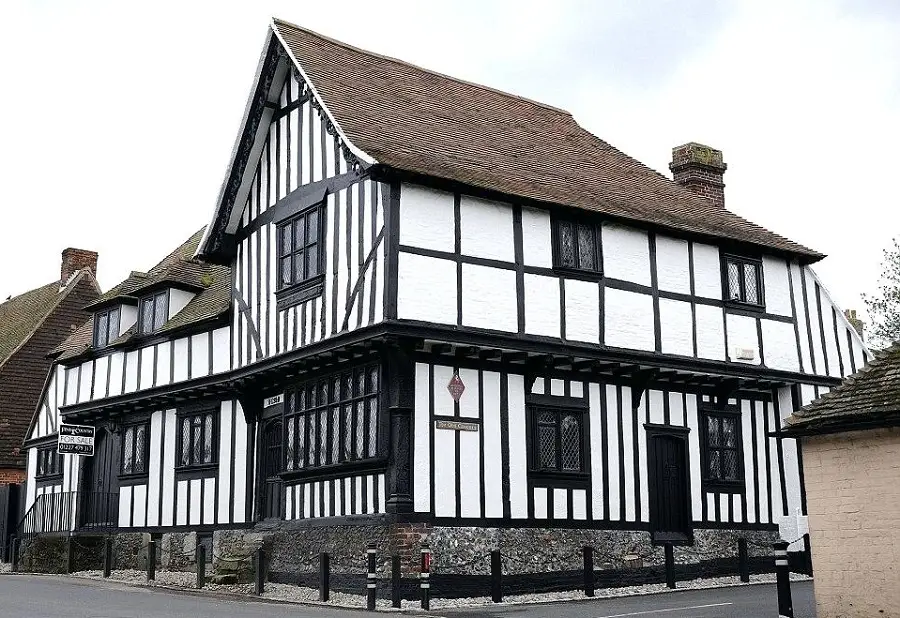
How wooden houses were built in Romania
In Romania, too, in the past people used to build on wooden structures. Where there was not enough wood to build a wooden house, these structures were made of wood and the walls were filled with clay mixed with straw.
I told you at one time that the craftsmen had a special system of reinforcing the wall so that it could support the weight of the clay. Several rows were nailed to the battens, at 45º angles, on the ties between the posts. To increase the strength, the rows alternated, with one row pointing in one direction and the next in the opposite direction.
Fortunately or unfortunately, I can't even say exactly, I came across a photo of one of these houses the other day. Unluckily, because it looks very bad and I don't think it can be saved even if it wanted to. Fortunately, because this degradation gives me the opportunity to illustrate the above. You can see the shingles that have been beaten to support the clay that filled the wall and acted as insulation.
The photo was taken by Ciprian Muntele. It is a house with a specific architecture of the hills of Argeș and Oltenia. A recognizable element is the foundation on which the house is built, higher at the front and lower at the back (due to the difference in level in the hilly areas). It was built of stone and functioned as a cellar or animal shelter (stable). The heat from the animals helped to keep the house warm.
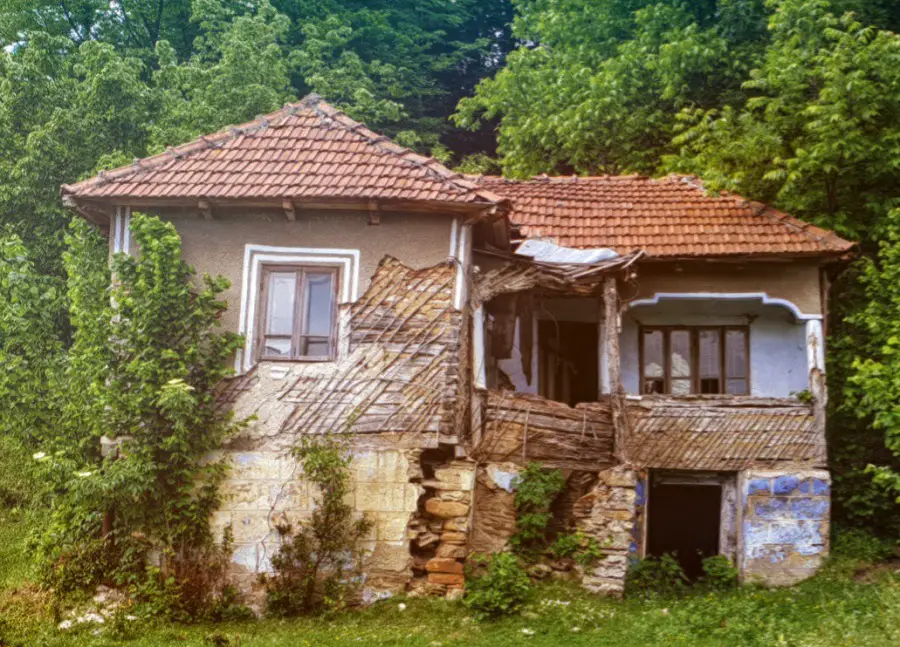
How wooden houses are now built
Now things are simpler because there are materials to grip, stiffen and fix the structure. You can work with treated, insect-, fungus- and fire-resistant wood.
The framework of each wall is usually built separately from posts, beams and horizontal and vertical planks for stiffening. Also made of wood are the window and door frames. These structures are then erected and fixed to the foundation. If it's an ordinary house, it can be erected by a couple of more experienced guys. For larger structures a crane is used.
Each individual wall is made, erected and tuned by another. This is how all the walls of the house are made, including the interior walls. Then the whole wall is stiffened, both inside and out, with OSB tilesOSB is preferred because it is a specially engineered construction material with very good vertical strength.

Insulating a wooden structure
In the voids that form inside the wall, between studs, reinforcing planks and OSB, insulation materials can be easily installed. You can use natural materials, which are increasingly popular these days - hemp, wool, jute, wood fiber - or classic materials - basaltic wool, glass wool, polyurethane foam, expanded polystyrene.
After fixing the insulation and fitting the anti-condensation (vapor barrier) foil, the wall is "closed" on the inside with OSB or plasterboard. Such a wall provides very good thermal insulation for the house, and if properly fitted, well-made double-glazed windows, you can get a very energy-efficient home.
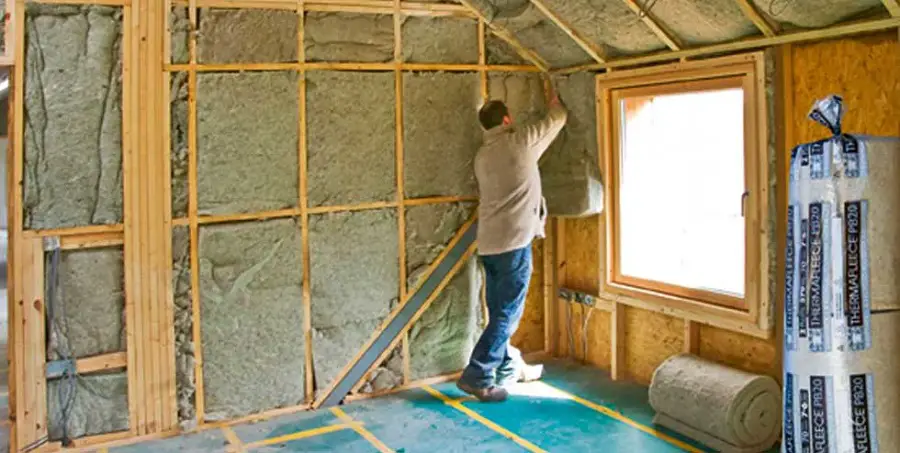
Finishing wooden frame houses
After the panels are mounted on the structure, the walls can be finished according to your wishes. On the outside, they can be plastered, painted, thin brick or exposed brick panels can be applied, they can be clad with horizontal or vertical wood or with panels imitating round wood.
The roof can also be chosen as you wish, without any restrictions. In the end, the house will look just the way you want it, without the wooden structure influencing your choices in any way.
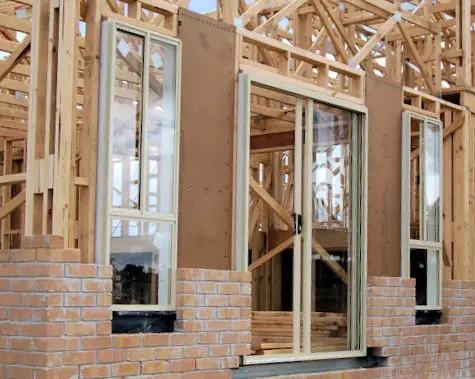
Disadvantages of a timber frame house
Not everything can be perfect, so there are drawbacks:
- water absorption into the wood that can occur if the insulation and protection of the ends of the supporting posts is not very well done
- poor sound insulation, especially between floors. Sound insulation between rooms can be improved by using special materials with high sound absorption capacity. We have written about these materials in this article.
- if large shelves, heavy pieces of furniture or heavy appliances are to be fixed into the walls, their location should be determined at the design stage to reinforce the wall
- possibility of wood being attacked by decay if not treated with special substances
- the low resistance over time of wood compared to other building materials. However, looking at timber-framed houses in European countries, I think they have stood the test of time quite well.
If you're thinking of building your own home, you could look at timber frame construction as an alternative.
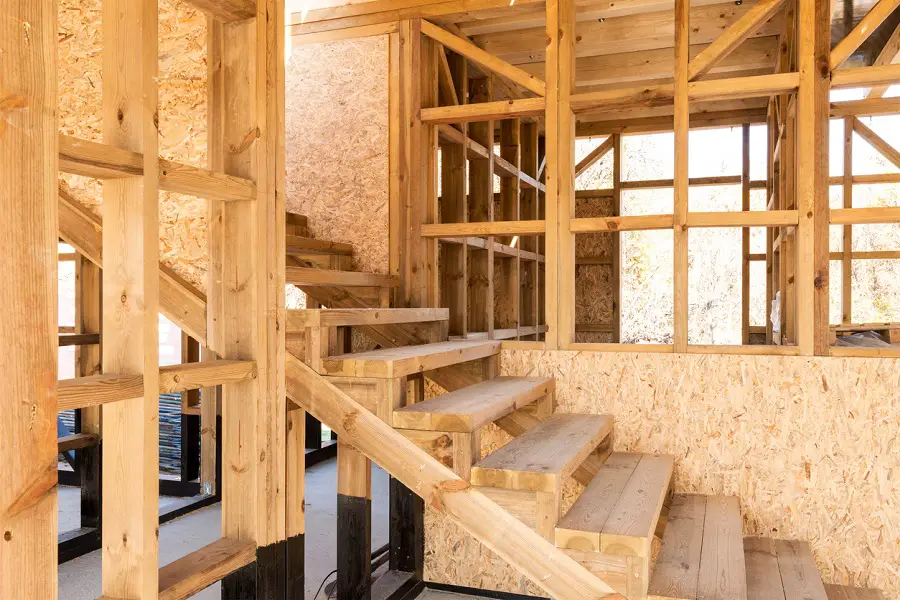



























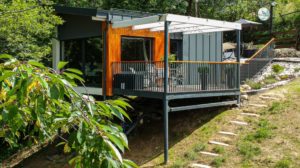


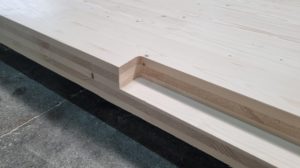
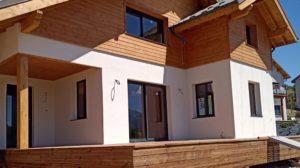




Long live Giurgiuvenii!!!
The firm SC MOLDSILVA SA DIN SUCEAVA is known for the quality and execution of these houses.
I live in such a house and I am very happy.
Daniel!!! Moldsilva is an absolutely unreliable company, unprofessional, rudimentary work.
Those who want such a house look for a serious company NOT the ones Danie praises!
Can you possibly suggest a serious firm?